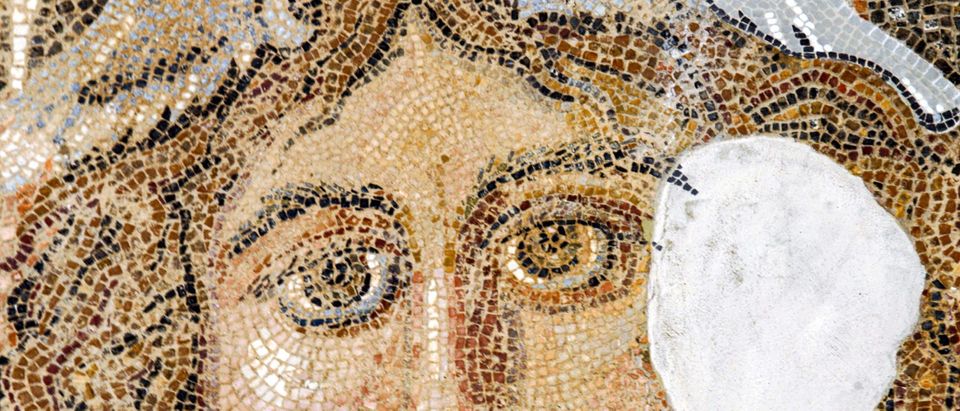A well-preserved mosaic depicting a winged Medusa has been unearthed by archaeologists in Spain within the remains of a “lavish” home dating from the Roman era, scientists announced July 26.
The mosaic, discovered at the Huerta de Otero archaeological site in western Spain, features the head of Medusa within the center of an elaborate octagon, depicting wings jutting out of her wild hair, LiveScience reported. While Medusa is more commonly associated with her monstrous Greek depiction, replete with snakes in her hair, around 100 A.D. Romans began depicting the infamous gorgon with wild locks rather than the reptiles, taking on more of an appearance of Alexander the Great, the Getty Center in Los Angeles reported.
‘Exceptional’ winged Medusa discovered in Roman-era mosaic in Spain https://t.co/hLL8X5Mf9T
— Live Science (@LiveScience) August 2, 2023
Students discovered the 323-foot mosaic excavating the remains of a Roman house, first uncovered in 1976. Little work had been done on the home until 2019, leading to the unearthing of the mosaic in the summer of 2023, the outlet stated. Rather than being black and white, the mosaic is multi-colored, indicating to archaeologists that it was created sometime in the second-century A.D. (RELATED: Stunning Roman Villa Unearthed By Underwater Archaeologists In ‘Las Vegas Of The Ancient World’)
The archaeological site “is of an exceptional nature due to the level of conservation of the remains and, above all, due to the ornamental apparatus that decorates the well-preserved house: not only the mosaic of the medusa but also paintings and sculptural motifs,” Félix Palma, director of the Monumental City Consortium, said in the statement, cited by LiveScience.


